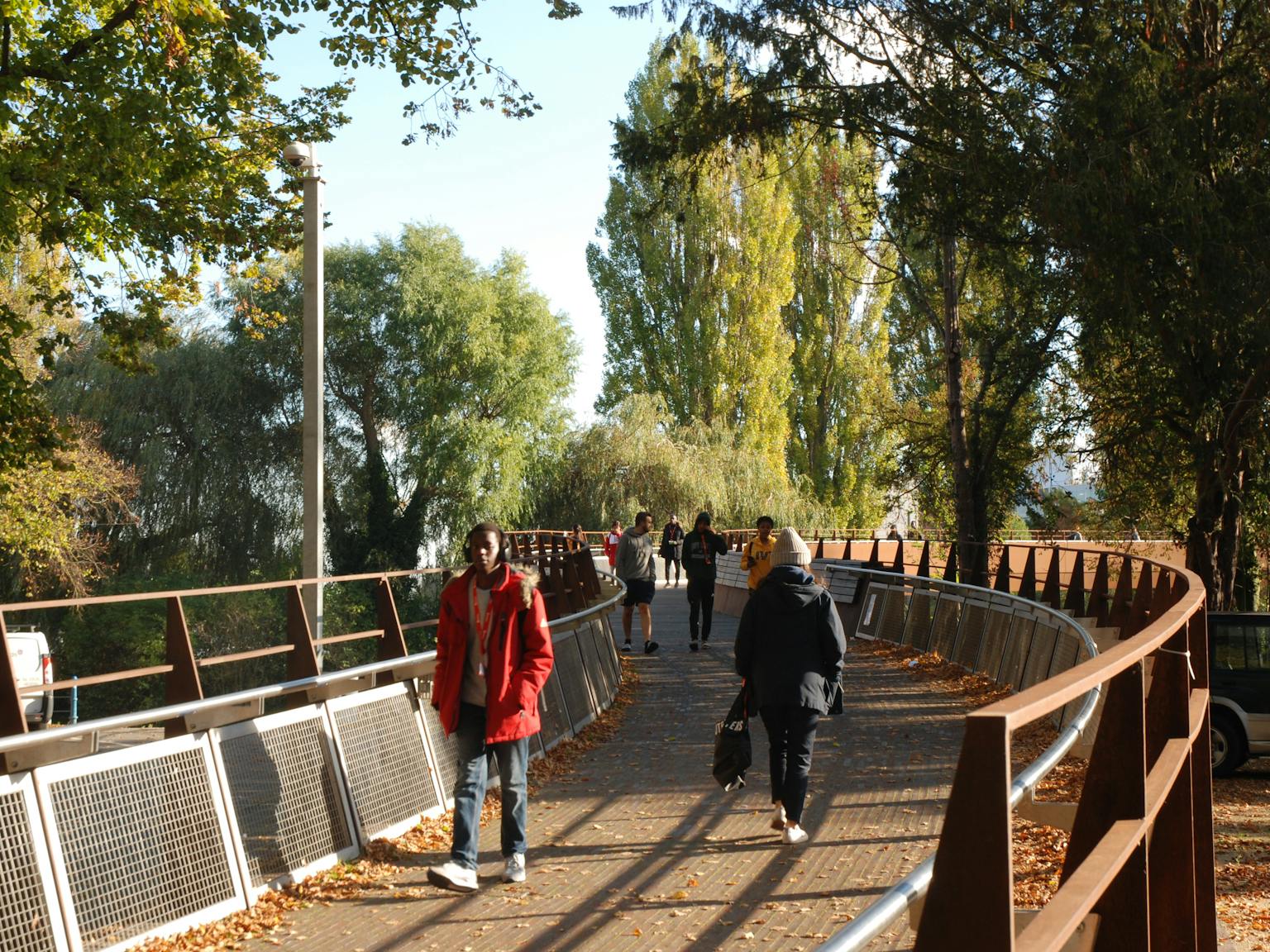
Planning for the future
On 12 March MHCLG published their ‘Planning for the Future’ paper, which sets out the Government’s agenda for planning over the course of this parliament. It seems that it is going to be a busy period, with four new Bills or White Papers expected, on top of the already anticipated Agriculture Bill and Environment Bill, will update the way in which land in the UK is managed.
Reasons to be cheerful
There appear to be several reasons to welcome the envisaged changes within the paper, among them are:
- taking forward many of the recommendations of the BBBBC report, including the production of local design codes, and encouraging tree-lined streets as ‘the norm not the exception’;
- a commitment to review flood risk policy;
- the creation of a new ‘net zero development’ in Toton; and
- Launching a ‘Brownfield map’ to encourage more effective use of previously developed land.
Ones to watch
There are some suggested changes within the Paper which should be watched carefully because the consequences (both intended and un-intended) remain far from clear. Amongst these are:
- An undertaking to review the formula for calculating local housing need. This is likely to delay the production of evidence required to support the examination of new Local Plans. This may also affect the deliverability of the next point;
- Requiring all Local Planning Authorities (LPAs) to have an up to date Local Plan in place by December 2023. It is not yet clear how an enforcement of this deadline would be resourced, or what incentives can be put in place to encourage LPAs to comply. Given the timeframes involved in the preparation of a new Local Plan, it is possible that this deadline would have a significant resource implication for LPAs and also for the Planning Inspectorate.
- Introducing new Permitted Development rights to:
- From the outset, delivery of houses is clearly front-and-centre for this paper. As it notes, 241,000 houses were delivered last year, which is more than at any point within the last 30 years. The issue here that will need to be examined is: to what extent the use of PD rights to deliver these homes is compatible with the Government’s design agenda and with the recommendations of the BBBC report.
- Since 2013 and the introduction of Class O (Office to Residential) PD, housing delivery numbers may have increased but this has occurred at the expense of build quality, internal unit size, and residential amenity, as well as at the expense of available office accommodation. It will be important that, when the detail of this provision is released, it is not just the natural light standards that are upheld.
- In recommending the expanded use of Local Development Orders (LDOs) to create a quasi-zoning system, the indication is clear that the intent of the overhaul is to work within the context of the current system, rather than reinvent the entire process.
- allow an additional two stories on existing properties; and
- allow vacant buildings to be demolished and replaced with well-designed new residential units that meet natural light standards.
Notably absent from the Paper is any comment on Biodiversity Net Gain, delivery of which through the Planning System will be required by the forthcoming Environment Bill. Also absent is any comment on improving post-construction sign-off of developments to ensure that planning conditions are met and that schemes are delivered in accordance with approved plans.
We are anticipating that more detail will be provided within the Planning White Paper, which is expected in ‘the Spring’.










